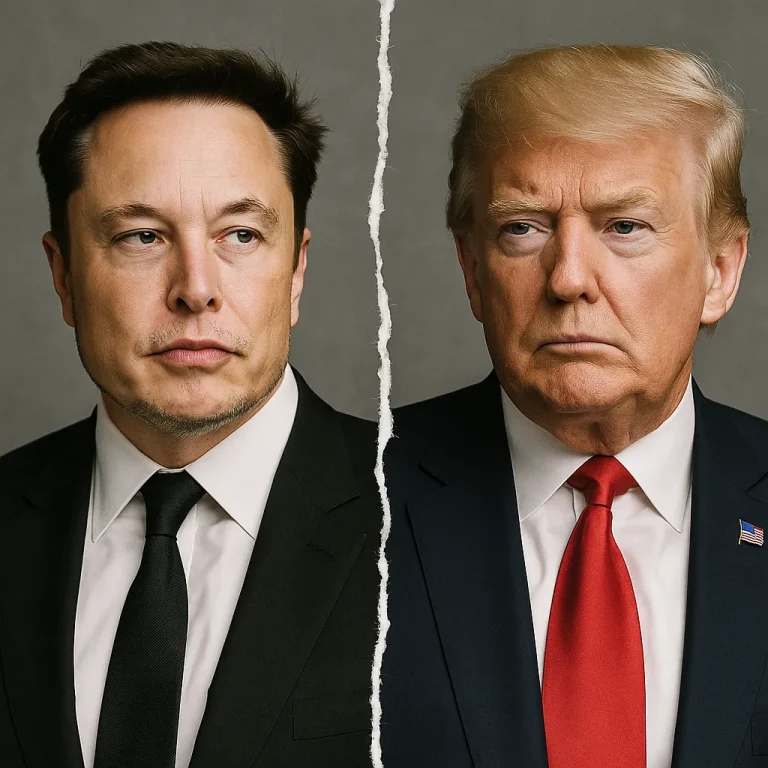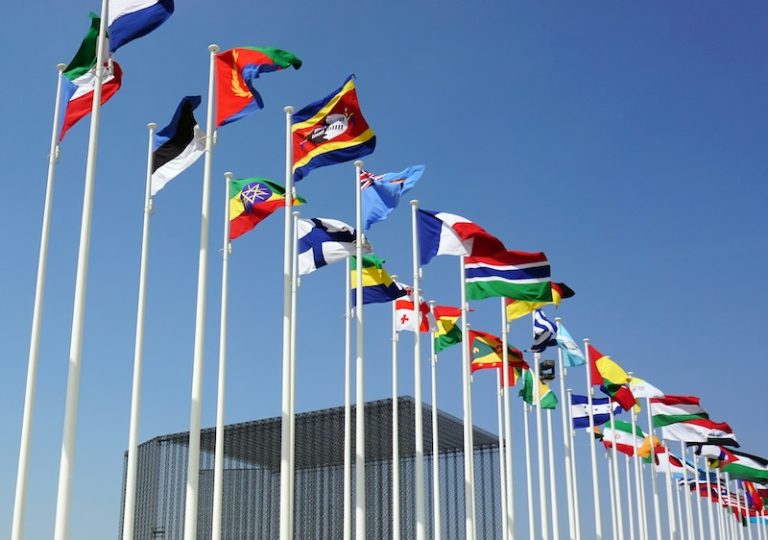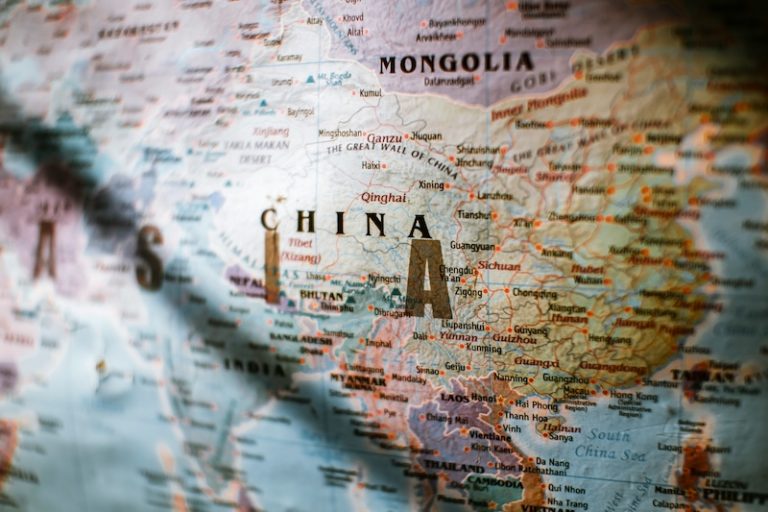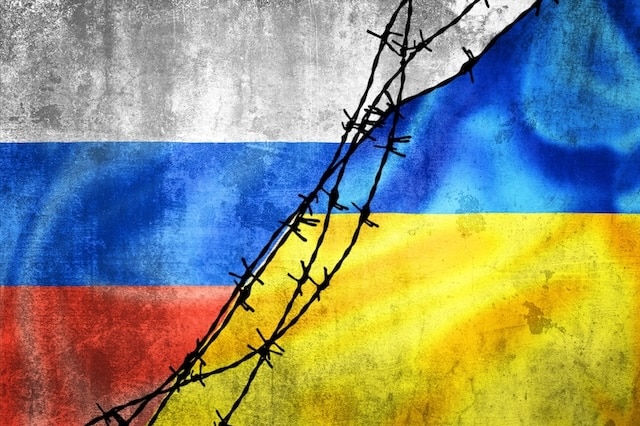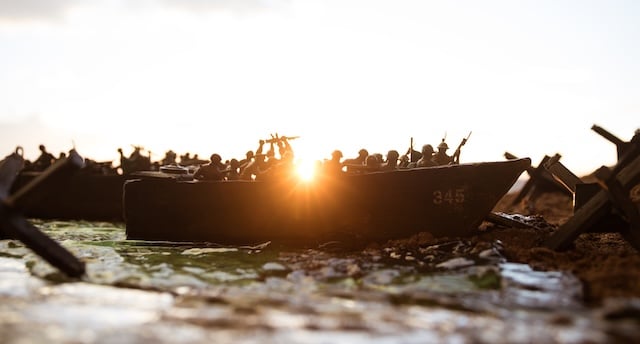
Source: Adobe Stock
WWII Remembrance in Europe | By PeanutsChoice | Citizen of Europe
In much of the world, the Second World War has faded into textbooks and black-and-white documentaries. But here in Europe, it’s not just history—it’s a living memory. And every May, from Normandy’s beaches to the quiet graves at Margraten, the continent doesn’t just reflect. It recommits. Looking back at the Memorial Month here is why it matters today. WWII remembrance in Europe.
This isn’t nostalgia. It’s warning. It’s gratitude. It’s a promise.
⸻
May 8th Isn’t Just a Date Here
Victory in Europe Day—May 8th—marks the Nazi surrender and the formal end of World War II in Europe. It’s not a public relations moment. It’s a civic rite.
In France, ceremonies unfold beneath the Arc de Triomphe. In Berlin, families gather in front of memorials once built by Soviet soldiers. In Warsaw, the past and present merge in silence and candlelight. And in Prague, schoolchildren still learn about resistance heroes by name, not number.
It’s not performative patriotism. It’s a collective act of remembering what happens when democracy falls asleep.
⸻
The Margraten WW II Model: Remembering With Purpose
If there’s one place that captures this spirit, it’s the Netherlands’ Margraten American Cemetery. Over 8,000 U.S. soldiers are buried there—many of them still remembered by name by Dutch families who have “adopted” their graves, some for generations.
This isn’t an official government project. It’s something deeply human. Flowers, letters, photos. Stories told to children by grandparents who were liberated as kids.
Compare that to the kind of rhetoric we’ve heard in recent years from leaders across the Atlantic. In 2018, former President Donald Trump reportedly dismissed America’s WWII dead as “losers” and “suckers.” That same year, Dutch families knelt beside those same graves, weeping for strangers they’d come to see as their own.
That’s the difference between politics and principle. Between posturing and honor.
⸻
Why We Keep Looking Back
You may wonder why Europe holds on so tightly to its WWII past. Why not just move on?
Because we’ve seen what happens when we don’t.
In the 1930s, fascism didn’t arrive with tanks—it arrived with applause. Democracies voted themselves into dictatorship. Neighbors turned into informants. Teachers into targets. Ideas into threats.
Sound familiar?
In 2025, the warning signs are blinking again. Authoritarian movements are gaining traction. Books are being pulled from classrooms. Conspiracy theories travel faster than truth. And strongmen talk about peace while admiring dictators.
Europe remembers because it has no choice. Forgetting is dangerous.
⸻
Then vs. Now: When the Past Echoes
Let’s be honest—fascism doesn’t always wear jackboots anymore. But it hasn’t vanished. It’s just rebranded.
Then vs Now
Fascism in uniforms, swastikas, antisemitic laws Disinformation campaigns, democratic backsliding, scapegoating minorities
Book burnings in public squares History bans and curriculum purges in schools
Cult of personality built on propaganda Populist leaders mocking war dead while glorifying military might
The details change. The playbook doesn’t.
Europe’s memorials aren’t just monuments. They’re roadblocks—meant to slow the march of repetition.
⸻
Memory Is Resistance
What makes European remembrance different is that it doesn’t glorify war—it mourns it. It doesn’t celebrate victory for its own sake—it honors sacrifice. It reminds us that freedom isn’t inevitable. It’s maintained.
When Europe remembers, it’s not about what happened. It’s about what could happen again.
So, yes, we still gather. We still light candles. We still whisper names.
Not because we live in the past.
Because we refuse to repeat it.
⸻
Want to contribute a remembrance story from your country or family?
Email us at [email protected] or share your post on Bluesky with #EuropeRemembers and tag @CitizenOfEurope.bsky.social
Continue reading:Political Protest Or Religious Protest: The Dangerous Conflation of Labeling Attacks as Antisemitic
